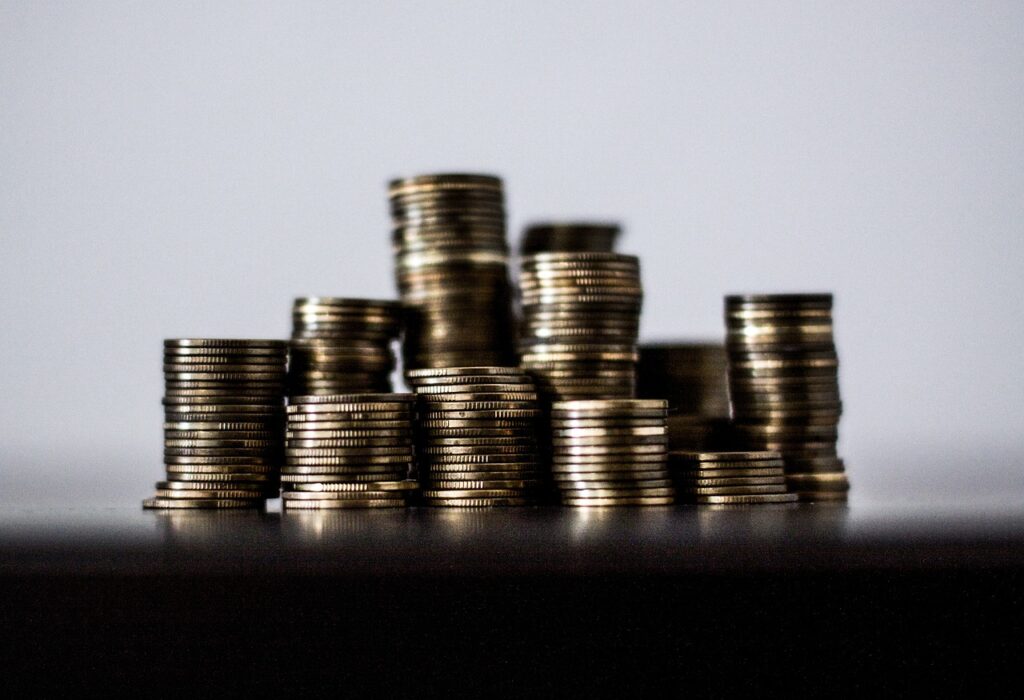Poland’s Orlen Group has secured PLN 1.7 billion (approximately $459 million) in non-repayable funding from the National Recovery Plan to accelerate development of its hydrogen production portfolio.
The funding will support two strategic initiatives: Hydrogen Eagle, a multi-site project aimed at producing clean hydrogen via renewable-powered electrolysis and municipal waste processing; and Green H2, a dedicated refinery decarbonization project in Gdańsk. Both align with Orlen’s target of deploying approximately 0.9 GW of electrolysis-based hydrogen production capacity by 2035—0.7 GW of which is slated for development within Poland.
Hydrogen Eagle will serve as a backbone for regional hydrogen distribution, focusing on transport and industrial end uses. It combines renewable electricity inputs with electrolyzers and waste-to-hydrogen technology to deliver low-emission hydrogen across a network of filling stations and industrial hubs. Although detailed deployment timelines and site locations remain undisclosed, the project is designed to contribute toward Poland’s broader hydrogen valley concepts under EU-backed frameworks.
In parallel, the Green H2 programme centers on hard-to-abate refining operations. A 100 MW electrolyzer—powered exclusively by renewable energy—will be deployed at Orlen’s Gdańsk refinery to produce green hydrogen for internal use. The effort is led by Lotos Green H2, a wholly owned Orlen subsidiary established to run hydrogen-specific ventures.
While Orlen has not disclosed the precise commissioning date for either project, the Gdańsk refinery’s pivot to hydrogen-based process fuels would represent one of the first industrial-scale electrolyzer integrations within Polish refining.
The technological underpinnings of Orlen’s hydrogen roadmap point toward vertical integration. The group is expected to deploy Hystar PEM electrolyzers, following a strategic equity investment by Orlen VC into the Norwegian manufacturer. Hystar’s patented cell design, which emphasizes high efficiency and modular scalability, offers flexibility in both small- and large-scale configurations.
By backing Hystar, Orlen is not only de-risking its technology supply chain but also positioning itself to influence the European electrolyser ecosystem, particularly at a time when access to equipment remains a limiting factor across multiple EU hydrogen projects.
While the majority of the planned 0.9 GW hydrogen production capacity will be built within Poland, Orlen acknowledges that import routes will be needed to meet long-term demand beyond 2035. Maritime terminals for hydrogen derivatives such as ammonia or methanol are under evaluation. However, Poland’s current port infrastructure is not yet equipped for large-scale hydrogen imports, making the development of domestic capacity all the more urgent in the medium term.
Poland’s hydrogen strategy is still nascent compared to frontrunners like Germany, the Netherlands, or France, yet the Orlen announcement signals a notable shift. With over 50% of Poland’s hydrogen production currently grey (derived from natural gas), transitioning even a portion of this to renewable sources could materially reduce national emissions—particularly from refining, fertilizers, and heavy transport.
Stay updated on the latest in energy! Follow us on LinkedIn, Facebook, and X for real-time news and insights. Don’t miss out on exclusive interviews and webinars—subscribe to our YouTube channel today! Join our community and be part of the conversation shaping the future of energy.





